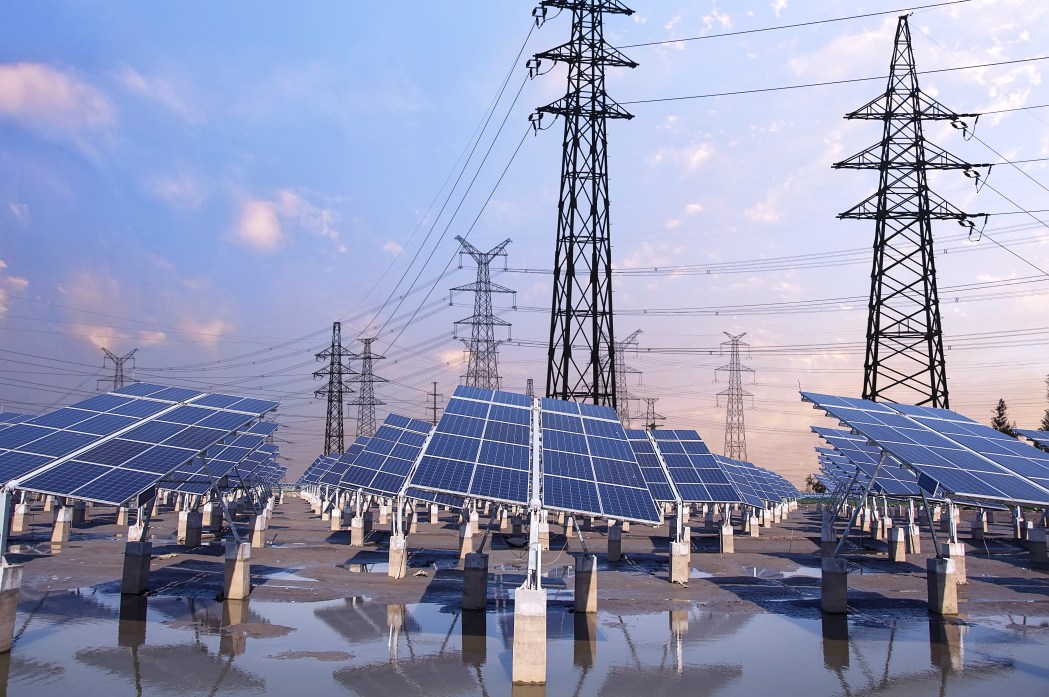The emergence of renewable energy in the Philippines
- June 23, 2016
- 0

For many years, the Philippines has solely relied on imported oil and coal-fired power plants for energy. This has not only driven up electricity costs, but also our dependency to other countries.
And with the growing economy, the country’s estimated energy demand is predicted to exceed about 30,000-MW in 2030, significantly higher than today’s demand of 12,000 MW.
The country has to secure the demand for energy. Given this problem, the government and other concerned groups have stepped up to acquire an alternate source of power: clean renewable energy.
There’s no doubt that the Philippines has a great potential to be energy independent. It has a strong geothermal power with an overall capacity of 1,200 MW, hydropower at 10,500 MW, solar power at 5 kWh per square meter a day, and wind power at 76,000 MW. Not to mention ocean energy, biomass, and micro-hydro power.
To encourage renewable energy developers in the country, the government implemented Republic Act No. 9513, also known as Renewable Energy Act of 2008.
The policy supports the exploration, development, and the operation of renewable energy in the country. Former president Benigno Aquino III also ordered the building of the National Renewable Energy Program. The Feed-in-Tariff (FIT) scheme offers fixed payments on renewable energy generation for a specific kilowatt-hour.
Since then, there has been a significant boom in renewable energy investments in the country, especially in private sectors.
In 2014, Solar Philippines accomplished to completely solarize SM North EDSA’s entire rooftop, which has significantly lessened the building’s electricity costs.
Also, in the same year, Energy Development Corporation (EDC) completed the famous wind farm in Burgos, Ilocos Norte province. The Burgos Wind Farm is a 150-megawatt power plant, which makes it the biggest wind farm not just in the Philippines, but also in Southeast Asia.
With the emergence of sustainable energy in the Philippines, our country can have greener, cheaper energy source – independent of other countries. It could also strengthen our economy through foreign and domestic investments.
Although renewables are becoming cheaper, there is still a long way to go before they can generate enough supply to become a major player in the energy mix.